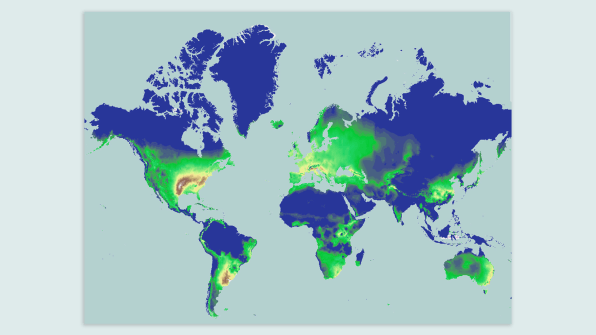 By
Kristie Murru
By
Kristie Murru
During the Vietnam War, Agent Orange, a powerful herbicide,
was used by the United States military in order to eliminate forest cover and
rice crops that the Viet Cong and North Vietnamese troops used to hide in. The program, which took
place between 1961 to 1971 was code named “Operation Ranch Hand,” where troops
sprayed 20 million gallons of the herbicides over Vietnam, Cambodia and Laos, according to History.com.
This chemical warfare was used to target the enemy forces not only to kill the
plants used by these forces as coverage but in order to kill the crops that the
people would eat.
Using airplanes, the United States spread Agent Orange and
other deadly chemicals all over Vietnam, even areas of South Vietnam that were
not fighting U.S. troops. U.S. military members were also contaminated by these
chemicals in situations where they used hand-sprayers around military bases.
The name “Agent Orange” came from the color coded barrels that were used to
carry the chemicals. The chemicals were manufactured by Monsanto, Dow Chemical,
etc.
A chemical byproduct that is produced by the manufacturing
of pesticides, particularly that of Agent Orange is
2,3,7,8-tetrachlorodibenzo-p-dioxin, or TCDD, which is a type of dioxin. In
addition to being a byproduct of herbicide production, dioxins are also created
from trash incineration; burning gas, oil and coal and in cigarette smoking.
TCDD is the most dangerous of all dioxins.
Dioxin is a chemical that lasts for years in soil, lake and
river sediments, which causes the chemical to be absorbed in the fatty tissue
of fish, birds, and other animals. Humans become exposed to the chemical by
consuming poultry, meats, dairy products, eggs and fish. Dioxin is known to be
extremely toxic and is carcinogenic. Developing fetuses are sensitive, as
exposure to dioxin can cause spina bifida and nervous system development.
Veterans returning from Vietnam experienced rashes, skin
irritations, miscarriages, birth defects in children and cancers such as
Hodgkin’s disease, prostate cancer and leukemia. In a 1988 report an Air Force researcher
stated that the government had been aware of the potential damages of using
Agent Orange, but they believed that because it was being used on the enemy
that the U.S. troops were not being contaminated. This flawed logic led to
millions of servicemen being contaminated by the toxin.
According to History.com, “In 1991, President George H.W.
Bush signed into law the Agent Orange Act, which mandated that some diseases
associated with Agent Orange and other herbicides (including non-Hodgkin’s
lymphoma, soft tissue sarcomas and chloracne) be treated as the result of
wartime service.”
The chemical companies that manufactured Agent Orange faced
lawsuits by veterans who had been contaminated, but the lawsuits were settled
out of court and provided some money to some of the veterans. In 2004,
Vietnamese citizens filed a class action lawsuit against these same companies
but the suits were dismissed by U.S. judges. Questions were raised as to
whether the United States was trying to avoid having to admit to war crimes in
Vietnam, which would potentially open up even more lawsuits against the
government.
For
further information:



